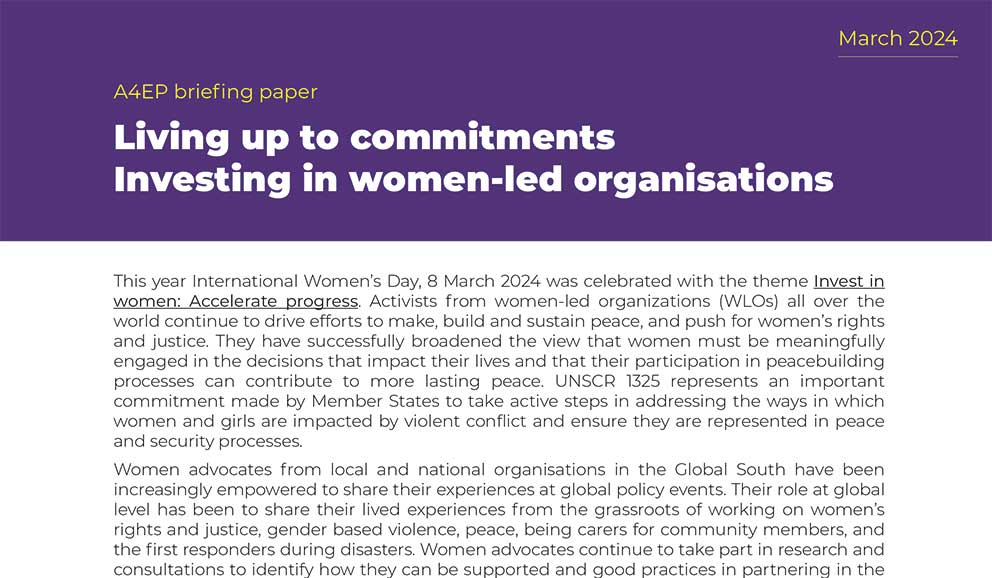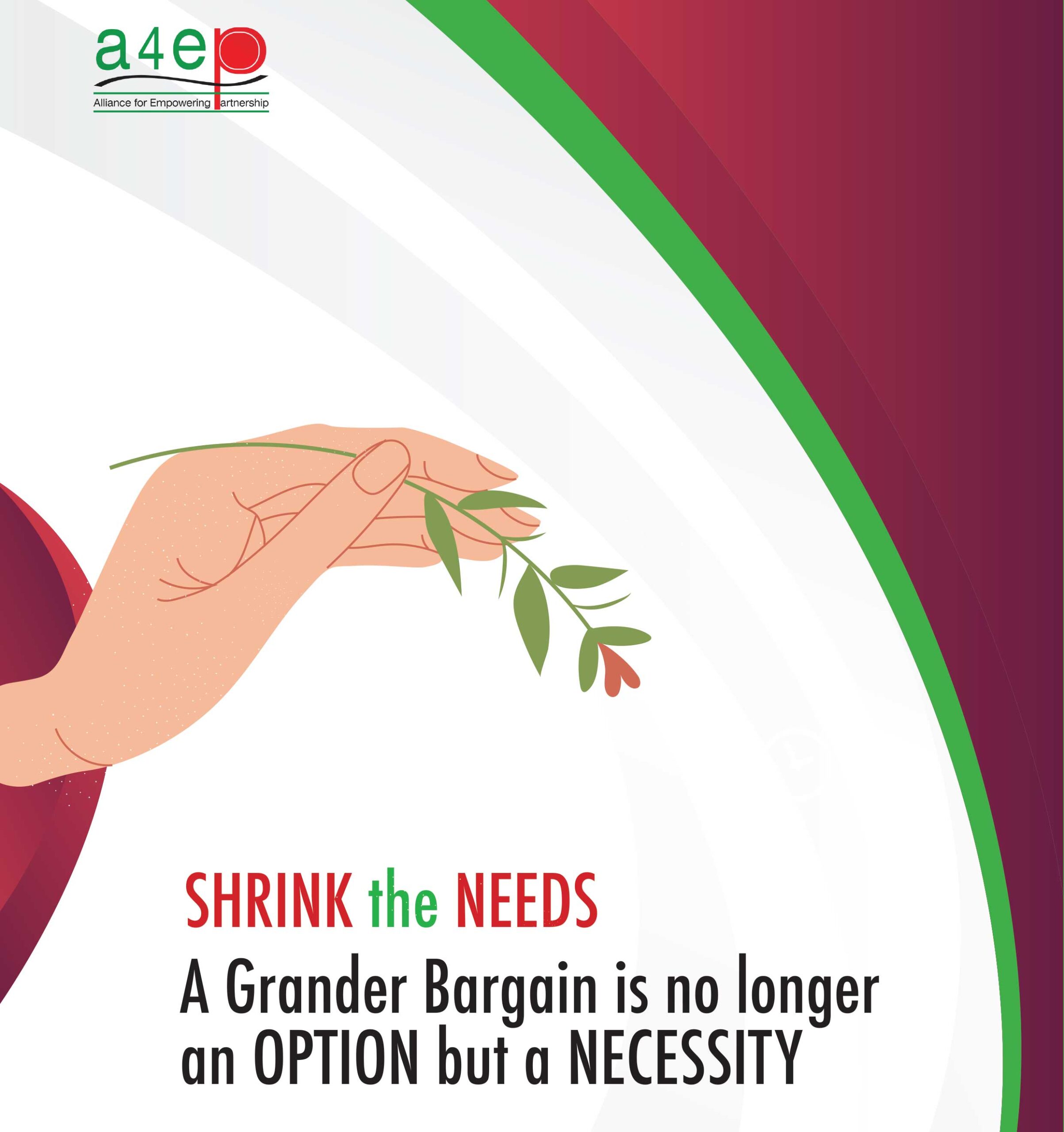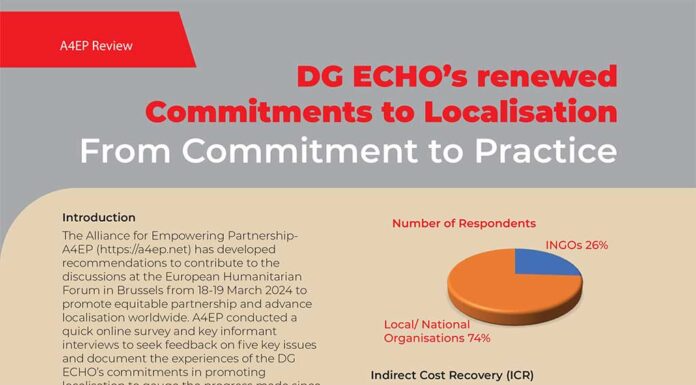In 2015, when OCHA put the total funding requirements at $19.8 billion, only $10.9 billion was provided by donors, leaving a 45% shortfall.1 The previous UN Secretary-General Ban Ki-Moon acknowledged this gap and announced the creation of a “High-Level Panel”, to consider new ways and opportunities to address the funding gap.” The Panel in its report “Too important to fail – addressing the humanitarian financing gap” launched in January 2016, emphasised the following three:
• Shrink the needs: A shared responsibility
• Deepen and broaden the resource base for humanitarian action
• Improve delivery: A Grand Bargain on efficiency The Global Humanitarian Overview (GHO) 2022,2 launched in December 2021, required $41 billion to target 183 million people around the world out of 274 million people requiring assistance. However, by October 2022, this requirement has gone up to $50.8 billion to target 215 million people out of 324 million requiring assistance3. As of 31 October, the recorded funding for GHO 2022 has reached $20.7 billion (41% of the needs) and that means less funding to assist more people. The GHO attributes the reasons for increased funding needs to the Ukraine crisis and the combined effects of conflict, climate change and natural disasters, the cost- of-living crisis and public health emergencies. As evident from the GHO 2022 October update, needs, instead of shrinking, have grown exponentially. Therefore, it’s time to reflect on why the ambitious process launched at the World Humanitarian Summit has been failing to bridge the funding gap – one of the key reasons for adopting the Grand Bargain, we need to examine the reasons and come up with an appropriate forward under the GB 3.0.
Click here for full report

A4EP briefing paper : Living up to commitments Investing in women-led organisations
This year International Women’s Day, 8 March 2024 was celebrated with the theme Invest in women: Accelerate progress. Activists from


